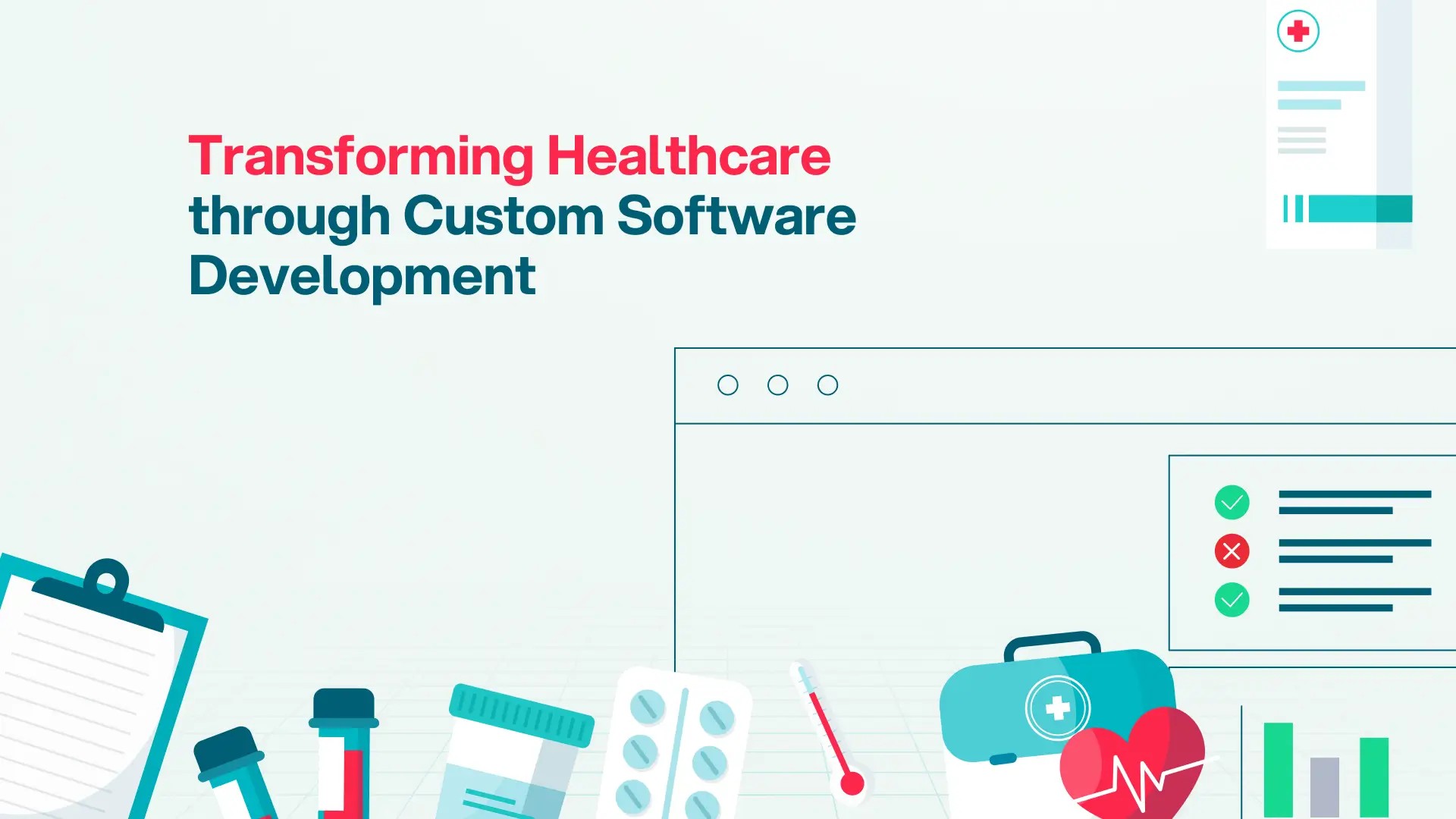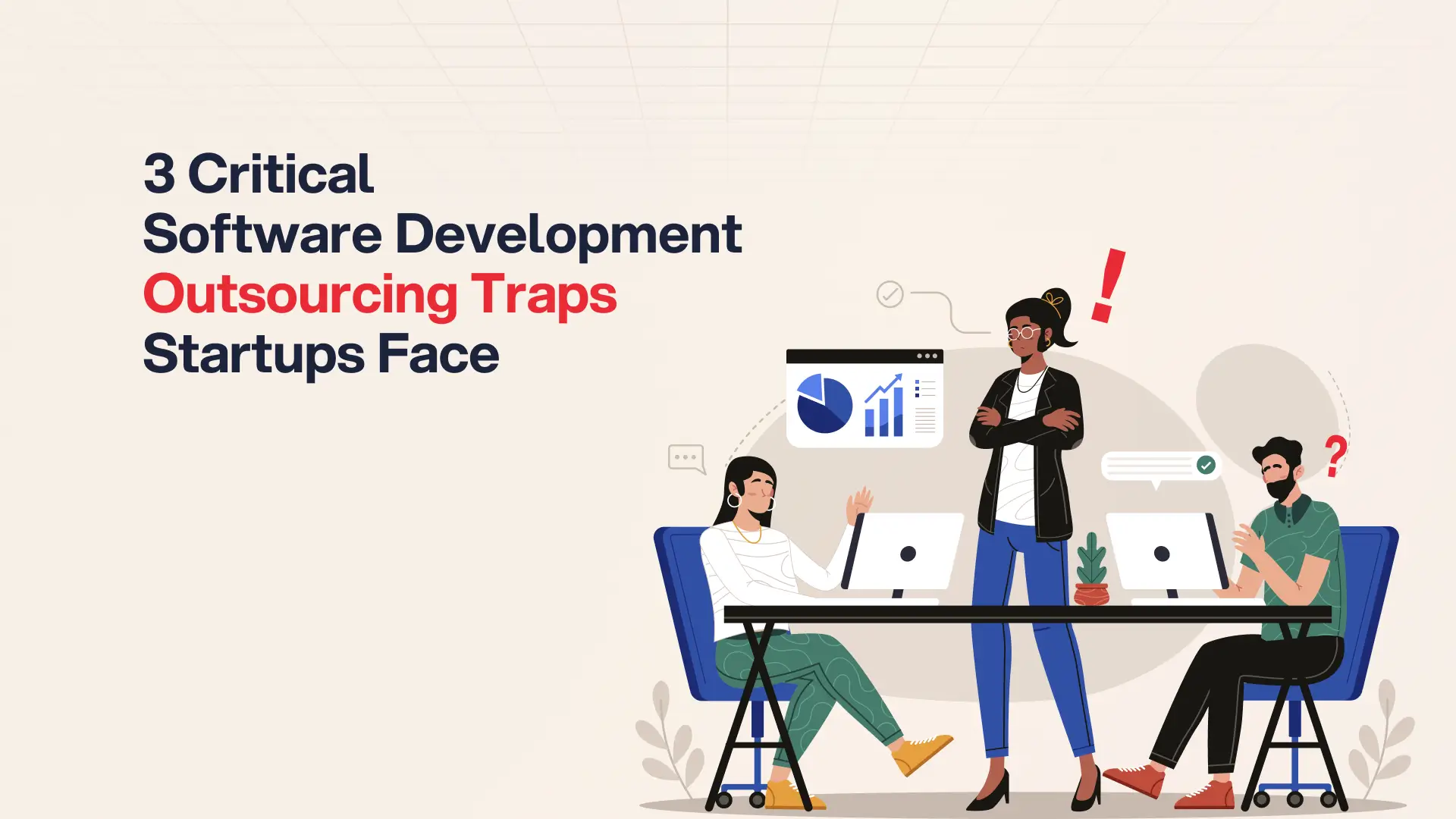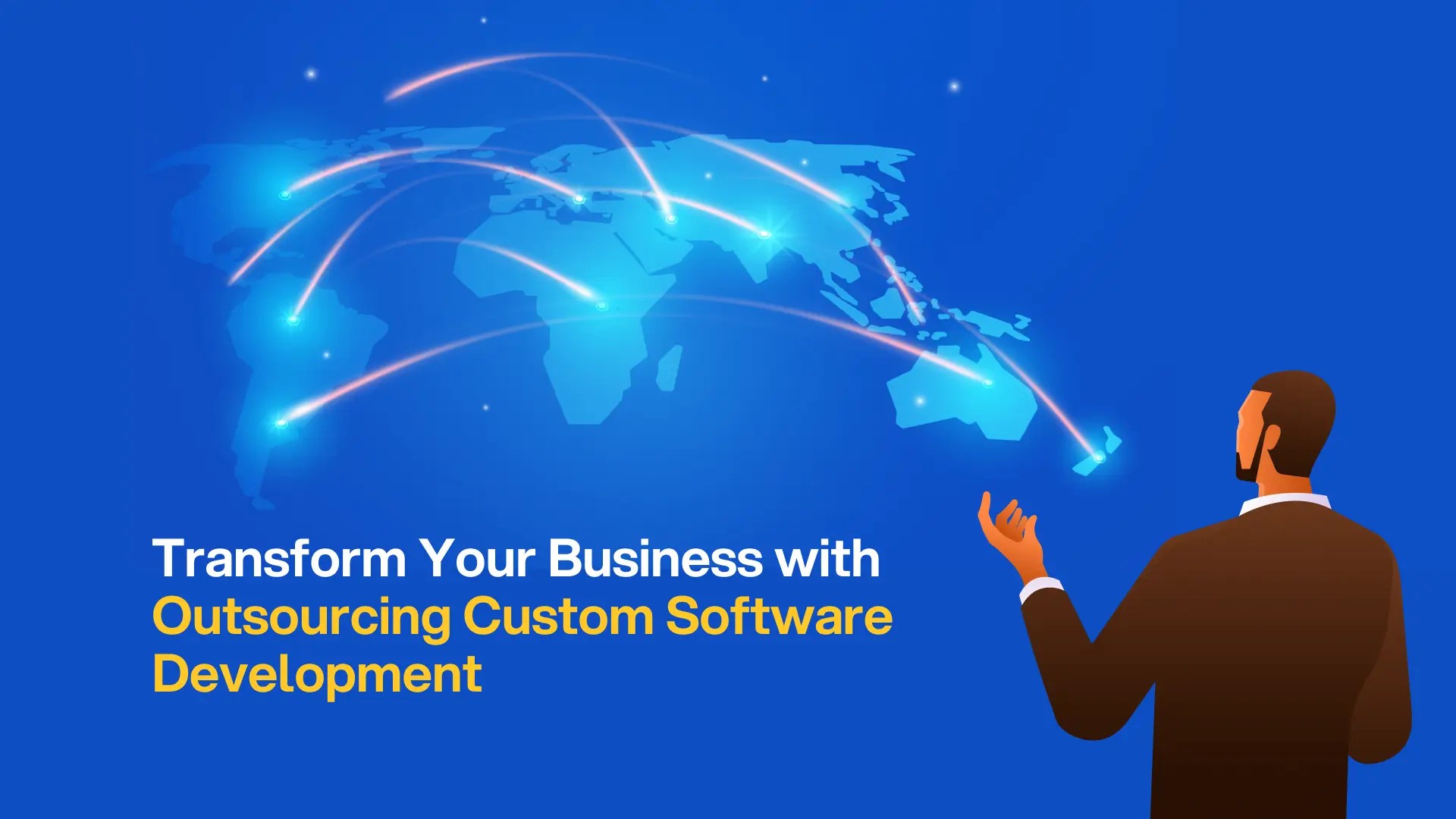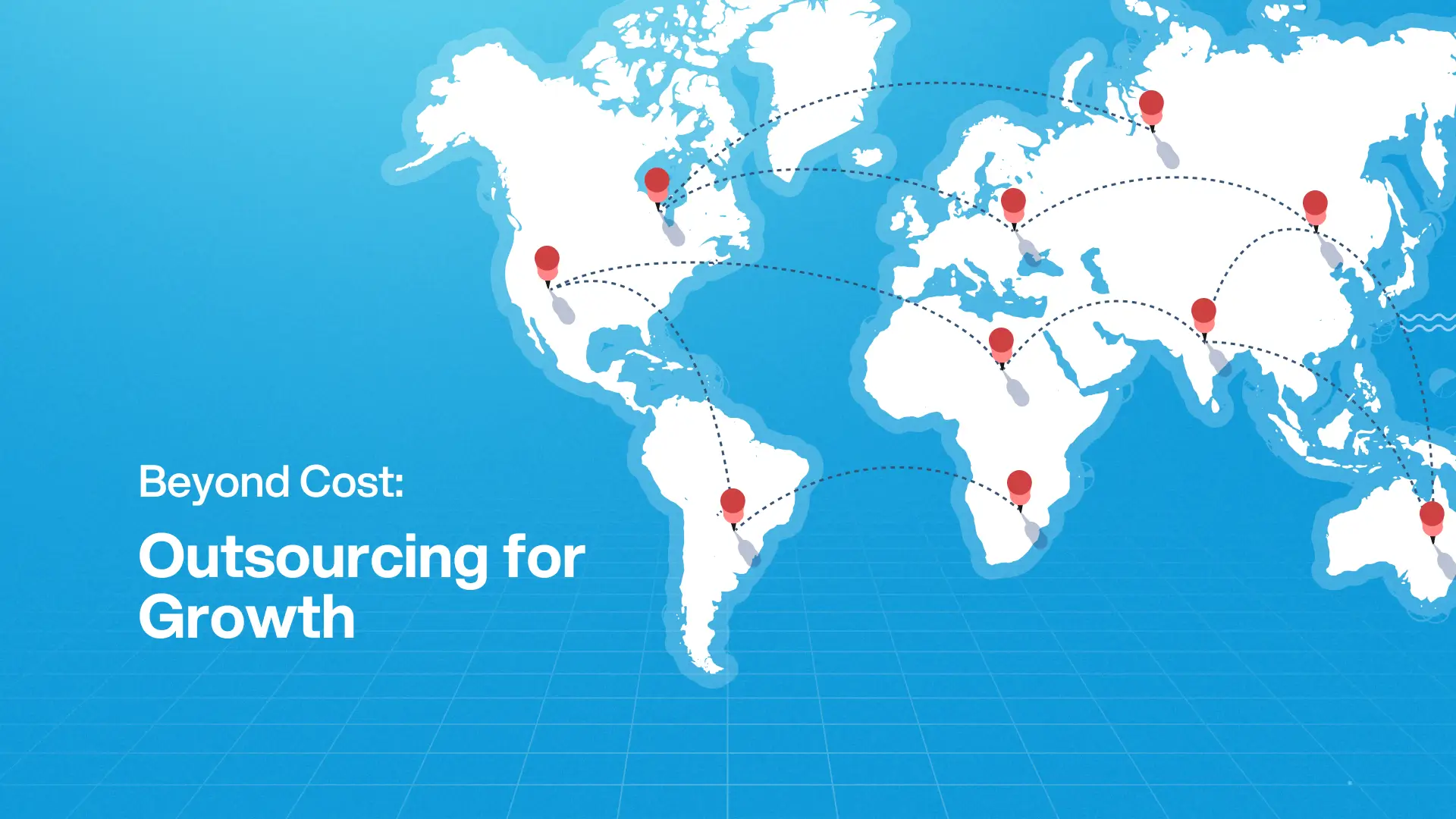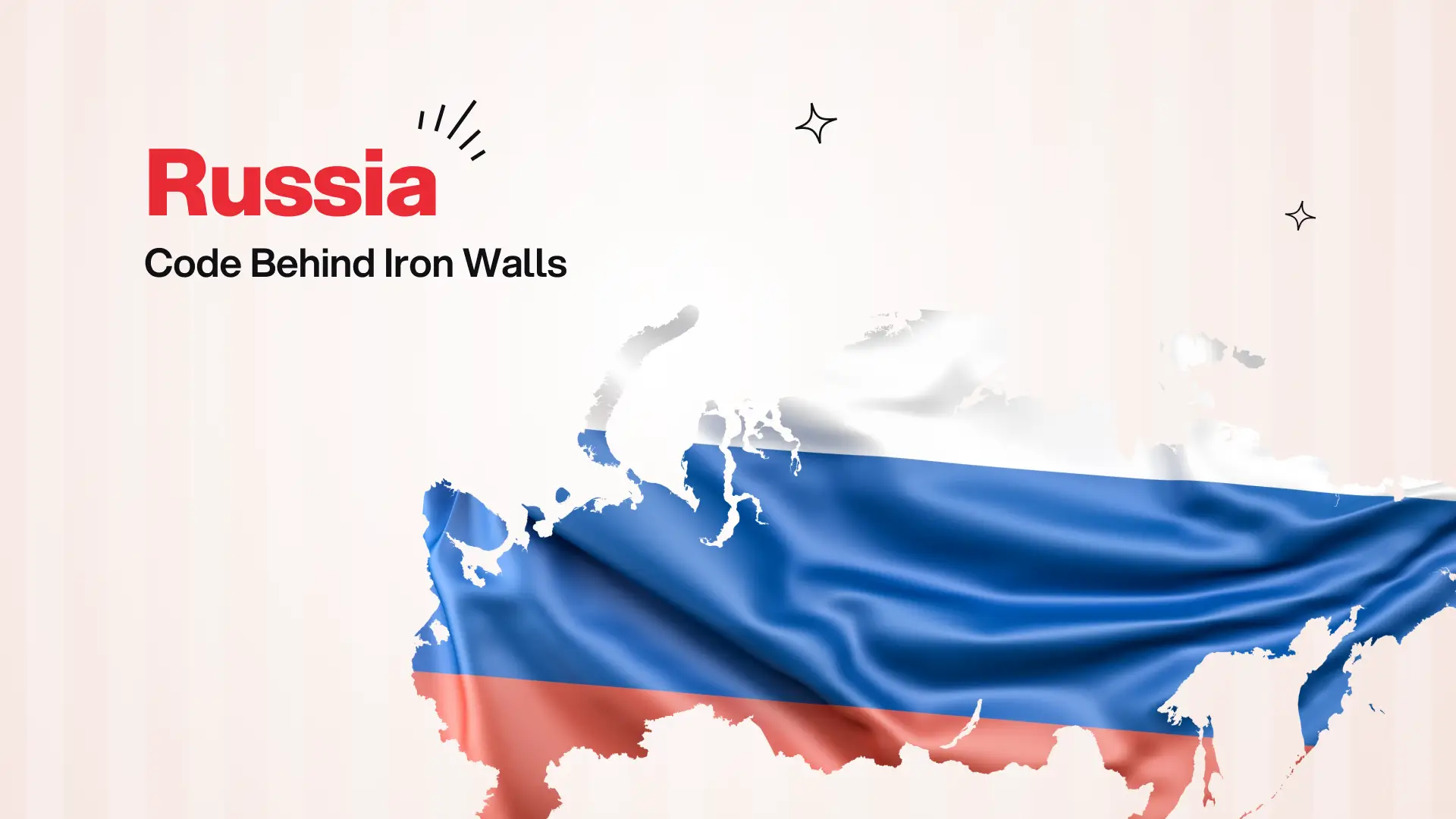Post Activity
 430
430
Table of Content
Share This Post
Table of Content
The agile software development outsourcing model reduces risk, adapts to changing environments, and drives high-quality software outcomes, especially in distributed setups like offshore development teams.
When paired with the right offshore web development services, Agile delivers business value early and often. It allows distributed agile teams to respond to change, manage complexity, and deliver real results across time zones through collaboration tools and communication channels.
In this article, we discuss how agile software development mitigates common outsourcing risks, supports transparency, and helps you build a scalable, high-performance offshore development team aligned with your company’s business goals and technical requirements.
When to Use Agile for Offshore Development
Choosing a development approach is rooted in clarity, both in terms of project goals and existing technology stack. That’s where frameworks like the Stacey Matrix come in. They help decision-makers determine whether to go with Waterfall, Agile, or a Hybrid model, depending on project complexity.
From the framework below we understand that:
- For well-defined, predictable work, Waterfall still fits.
- For evolving or ambiguous projects, Agile software development is ideal. Especially in offshore software development services, where cross-functional collaboration is key.
The Stacey Matrix
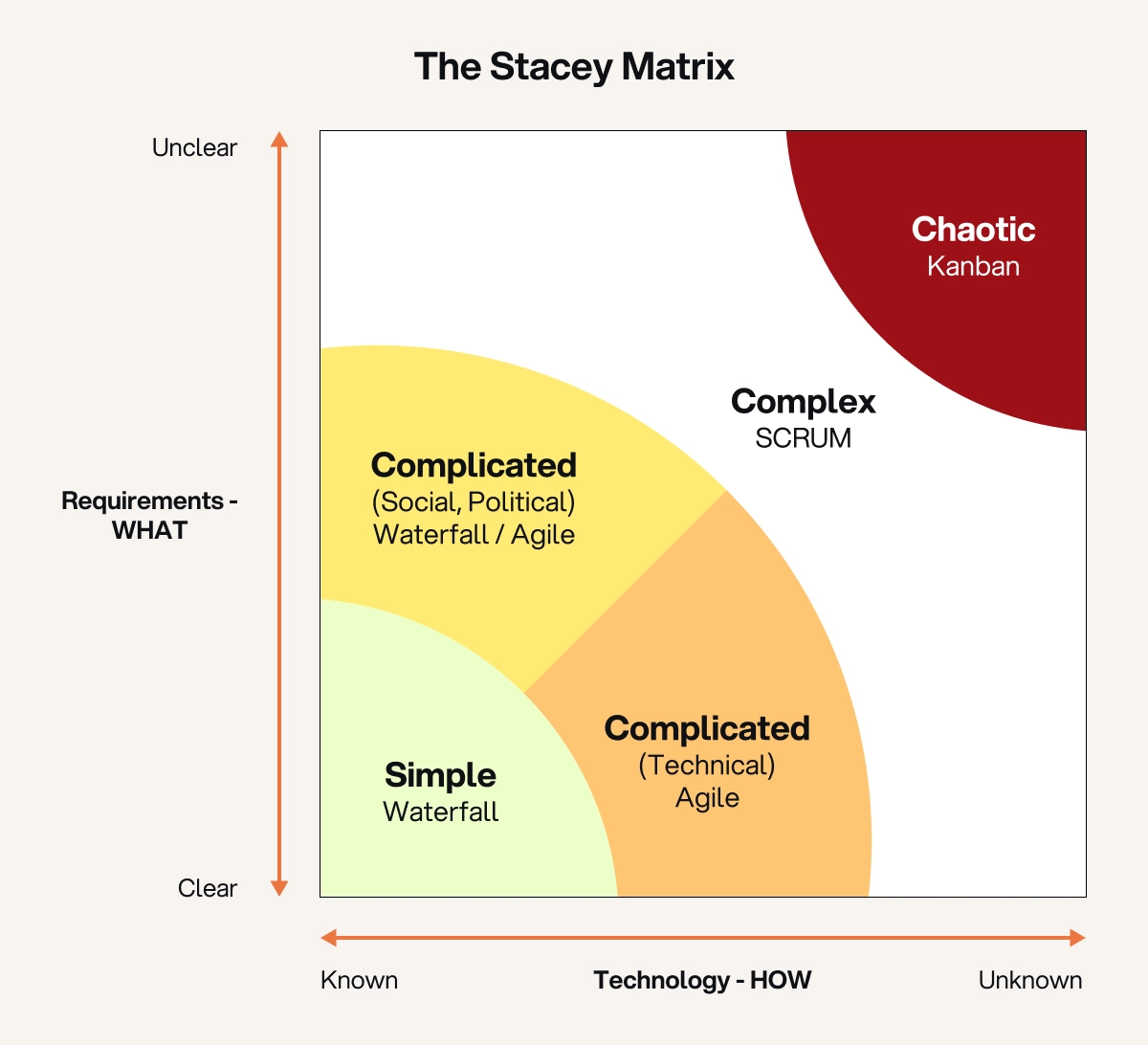
This is especially relevant in distributed setups involving external software development teams, where daily stand-ups, iterative delivery, and shared tooling (like Jira, Zoom, Slack) create a synchronized rhythm across borders.
Agile Is Built for Risk Reduction
Many industries still rely on Waterfall due to rigid timelines and fewer iterations. But in the software development industry, where requirements evolve rapidly, it’s a risky approach. For example, Ericsson’s Media Gateway for Mobile Networks (M-MGw) initially used Waterfall. With siloed knowledge and delayed feedback loops, the company struggled to meet expectations.
To regain control and speed, Ericsson adopted Agile and Large-Scale Scrum (LeSS) in 2014. Eventually, M-MGw scaled to over 15 self-organized development teams, enabling more effective project management, transparency, and alignment — all while managing complex projects and increasing customer satisfaction.
Thanks to Agile’s iterative nature, teams deliver work in two-week sprints, enabling faster validation, early issue detection, and realignment with business objectives. This makes it invaluable for offshore developers working across primary locations, delivering software development services on schedule and at scale.
Agile’s Risk Reducing Principles
Agile ensures business insight, clarity, and continuous feedback. Here’s how it tackles key outsourcing risks head-on:
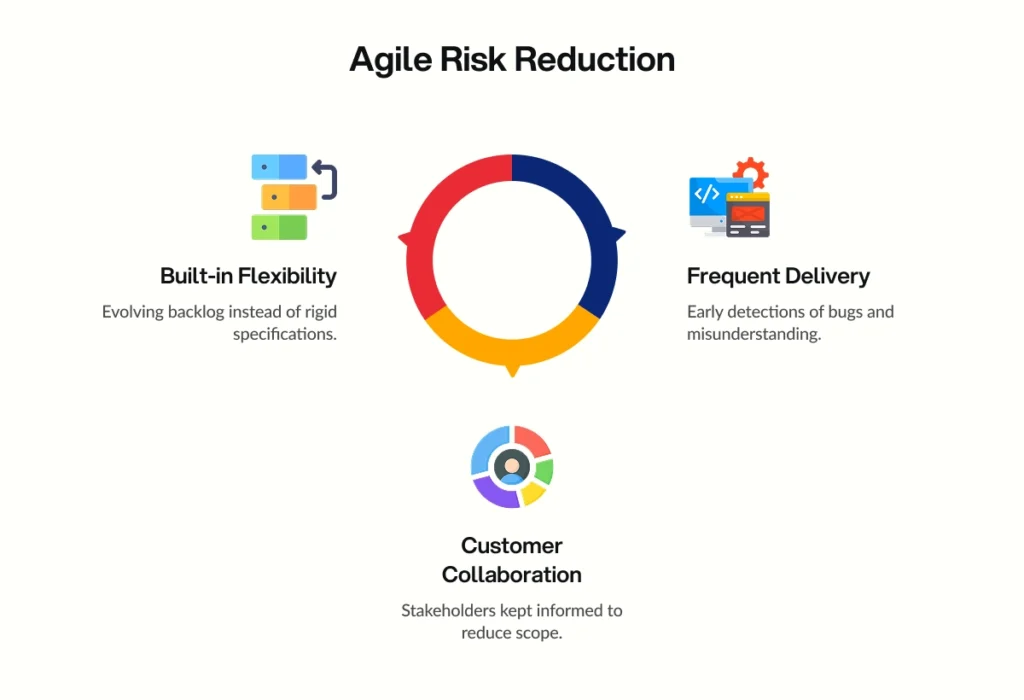
According to Harvard Business Review, ING Netherlands implemented Agile across 350 teams and cut time-to-market by half. In a high-stakes outsourced setup, this level of adaptability is not a nice-to-have; it is a necessity.
How Agile Reduces Outsourcing Risks
1. Scope Creep, The Silent Budget Killer
Agile keeps scope aligned with business value via Sprint Planning, backlog grooming, and frequent feedback sessions. When Ericsson adopted LeSS, it minimized scope-related surprises and improved visibility across multiple teams.
2. Last-Minute Surprises That Tank Projects
Waterfall delivers the product at the end. If it’s misaligned, the cost of software development skyrockets. Agile solves this with reviewable increments, where customer collaboration and feedback from stakeholders ensure teams are always course-correcting in real time.
3. Vendor Lock-In
Modular architecture, open documentation, and a shared process make transitions between outsourcing partners smoother. This flexibility is a major benefit in agile outsourcing projects where you might scale or change providers.
Thinking of Outsourcing?
Access a wide range of outsourcing companies and find your best fit.
4. Quality Slipping Through the Cracks
Agile embeds quality control with automated testing, shared definitions of done, and continuous delivery pipelines. Ericsson’s Agile teams baked in quality throughout the lifecycle, reducing bugs and managing technical debt efficiently.
5. Lack of Visibility
Outsourcing without visibility is like flying blind. Agile rituals like sprint demos, retrospectives, and dashboards deliver regular communication and transparency. ING’s offshore development teams, for instance, synced through sprints and metrics that kept leadership in the loop and ensured smooth collaboration.
Making Remote Agile Work
The myth that Agile only works in person needs to be retired. Its success with remote teams is tied to agile rituals, tools, and culture. With modern collaboration platforms, distributed remote teams can work with the same alignment as an internal team.
Platforms like Miro, Confluence, and GitHub improve seamless communication, while scheduled daily stand-ups and shared boards help reduce the impact of time zone differences.
Mitigating Risk in a Remote Agile Setup
Remote Agile teams that implement structured risk controls often see tangible ROI. Consider these best practices:
- Set core overlapping hours to reduce time zone differences impact.
- Use visual boards to track velocity, sprint goals, and blockers.
- Maintain sprint demos, blockers, and retrospectives to monitor team and backlog health.
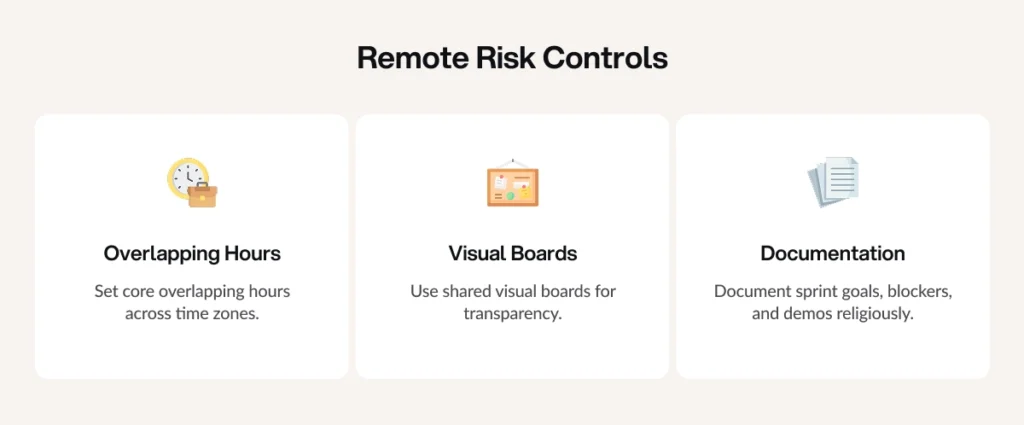
Case in point: BBVA saw a 50% reduction in release cycles by enabling Agile across distributed teams. With structured rituals and real-time metrics, their outsourced teams functioned like a dedicated team in a collaborative environment.
Ready to Build Your Team?
Let’s create together, innovate together, and achieve excellence together. Your vision, our team – the perfect match awaits.
Choosing the Right Agile Development Partner
Project success hinges on your choice of agile development partner. Not every vendor is equipped for real-world Agile development outsourcing. Here’s what to look for:
- Scrum-certified software developers and project managers
- A culture of ownership, accountability, and continuous communication
- Strong communication capabilities and cultural alignment
- Transparent project management software practices
- Experience delivering high-quality software solutions with proven metrics
- Flexibility to scale, whether you need a house team, an external team, or a hybrid model
The right software development outsourcing partner should help you achieve faster time to market, lower overhead costs, and higher product quality. Additionally, they should adapt to your strategic approach.
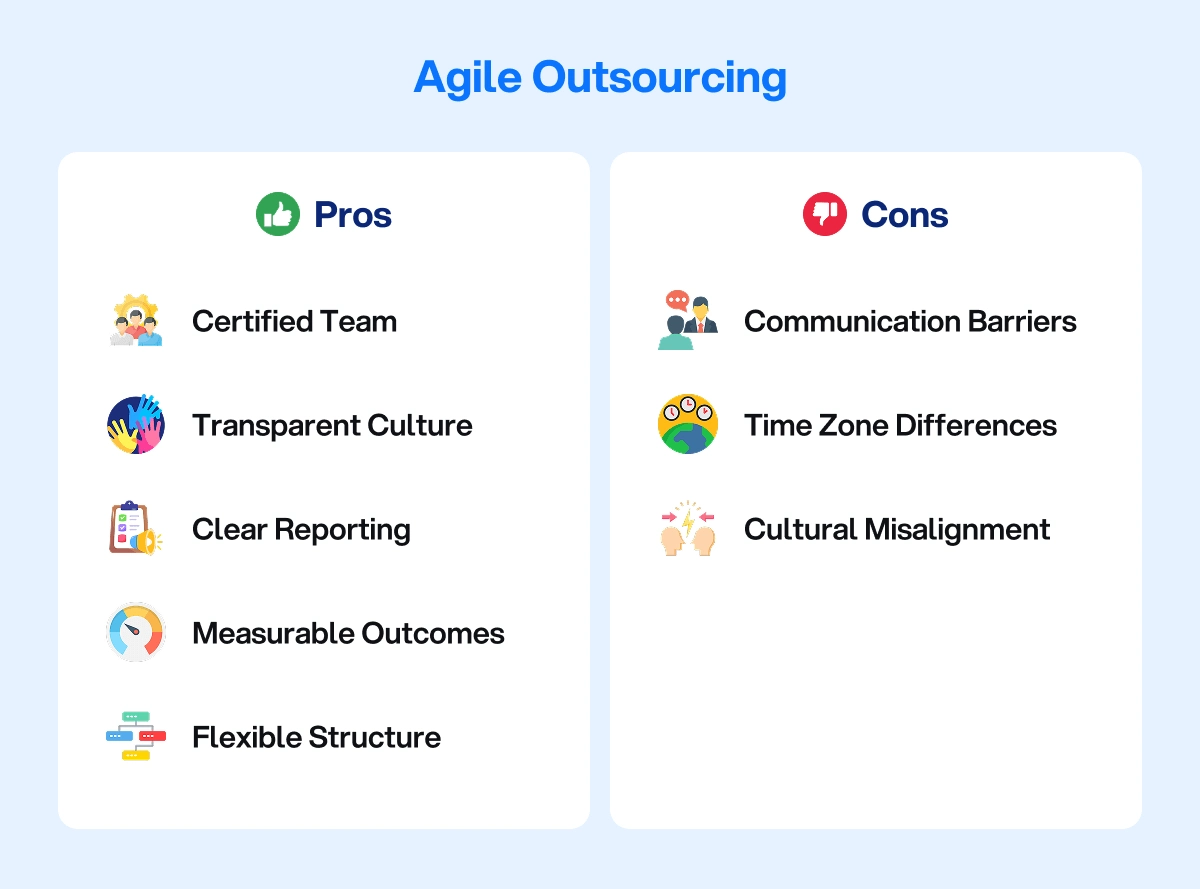
Nonetheless, even the best Agile setups hit speed bumps. Here is how to prevent the usual pitfalls in agile software development outsourcing:
- Communication barriers: Set clear norms for feedback, file sharing, and escalation paths.
- Cultural differences: Build Cultural Understanding early through onboarding and documented team agreements.
- Ownership gaps: Clarify roles using sprint commitments and agile principles.
- Async delivery risks: Rely on structured agile processes, shared tools for alignment on outcomes, and daily activities.
A Starting Point
In this article, we don’t dive deep into how to implement the Agile framework for your organization. But here are a few pointers you can keep in mind when getting started:
- Insist on a “Sprint Zero” for contract flexibility. Also known as the prop sprint, this early sprint sets up your backlog, tech tools, and tests for cultural fit.
- Do not evaluate vendors only based on sprint cycles or tech stacks. It is important to assess the vendor’s Agile culture to match your company’s top-tier business objectives and results.
- It is important to monitor the software development lifecycle with KPIs like story throughput, cycle time, and burn rate.
- It is best to assume that daily standups or sprint reports do not equal transparency. Your organization needs visibility into story-level delivery metrics, velocity trends, and backlog health via tools like Jira dashboards or shared burndown charts.
These starting points won’t replace a full software development outsourcing project implementation strategy. Nonetheless, these will help you enter Agile outsourcing with more clarity.
Make Agile Your Outsourcing Advantage
Agile Outsourcing Software Development helps your company deliver high-quality software products faster with greater flexibility and affordability. It allows your offshore teams to operate with the precision of a house development team, without the limitations of geography or headcount.
The companies succeeding today are not the ones with the most developers. They are the ones with the most adaptive teams. By combining the rigor of Agile methodologies with the reach of software outsourcing, your team can unlock true competitive advantage.
Find Your Perfect Software Outsourcing Partner
Unlock a world of trusted software outsourcing companies and elevate your business operations seamlessly.

